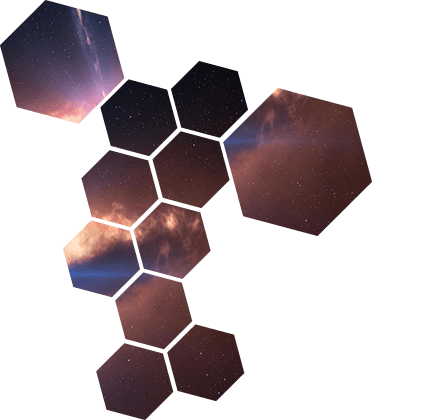Making it happen
100YSS designs and implements independent, collaborative and open-source projects to advance and promote the public engagement, research, development and capabilities needed for humans to reach another star.


It’s a dynamic star map that shows the closest star to you directly overhead when you look up. And since the Earth is constantly moving, our logo features different stars based on where you are and what time it is. For example, the sky will look different to someone in Turkey at 6 pm than it would to someone looking up in Brazil at 6 am.
100YSS designs and implements independent, collaborative and open-source projects to advance and promote the public engagement, research, development and capabilities needed for humans to reach another star.
